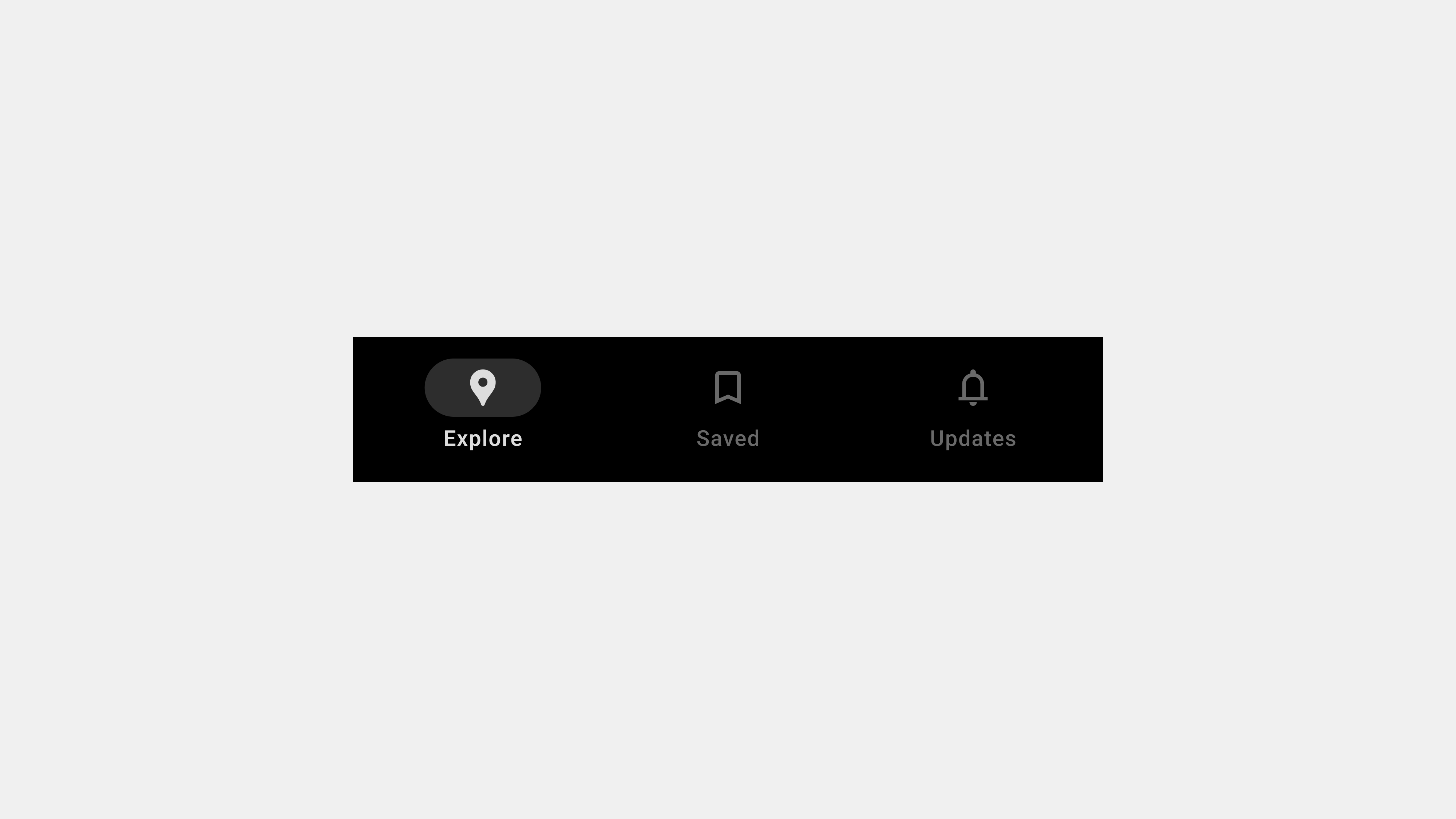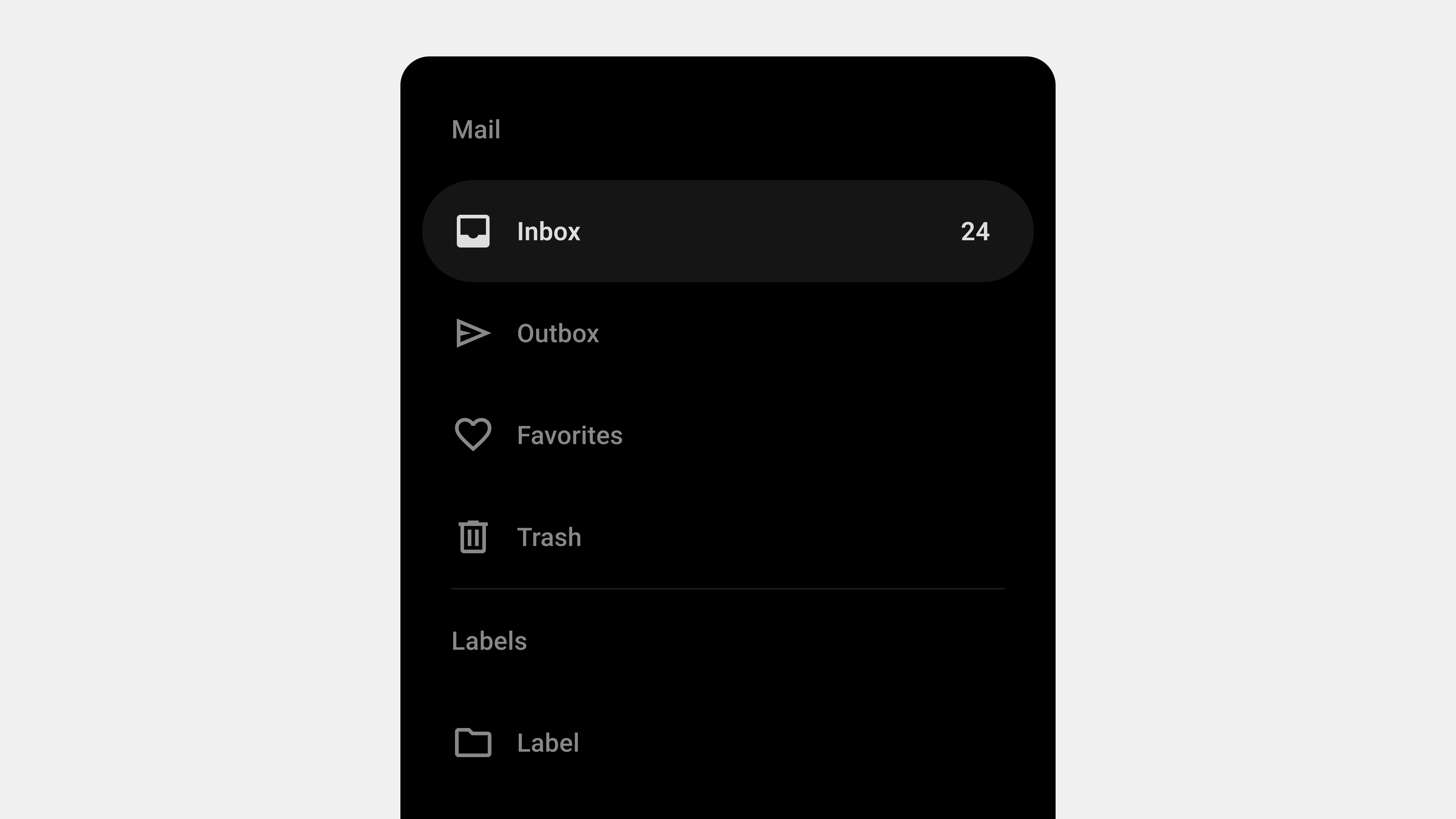Key Considerations for Creating Menu Wireframes: A Comprehensive Guide
When designing menus for applications or websites, wireframes serve as the blueprint that guides the entire development process. A well-constructed wireframe ensures that menus meet user expectations, adhere to design principles, and function seamlessly across platforms. This guide explores the five most important considerations when creating menu wireframes, tailored for designers, publishers, developers, and QA specialists.
1. Prioritizing Simplicity and Clarity
Why It Matters
Menus are essential for navigation, and overly complex designs can overwhelm users. Simple and clear menus enhance usability and reduce cognitive load.
Key Steps
- Limit Options: Include only the most essential items in the main menu. Secondary options can go into submenus.
- Use Familiar Labels: Avoid jargon and ensure labels are intuitive and descriptive.
- Organize Logically: Group related items together using categories or sections.
Wireframe Considerations
- Highlight the main menu items in bold or prominent colors.
- Use visual dividers to separate groups for better readability.
- Annotate wireframes with explanations for grouping and prioritization.
Tips for Stakeholders
- Designers: Use consistent typography and spacing to improve readability.
- Publishers: Ensure text labels are concise and do not truncate on smaller screens.
- Developers: Implement scalable layouts that adapt to different devices.
- QA: Test navigation flows to ensure users can easily find items.
2. Ensuring Responsive Design
Why It Matters
Menus must function seamlessly across devices, from mobile phones to large desktop screens. A responsive menu design guarantees accessibility for all users.
Key Steps
- Mobile-First Design: Design menus for smaller screens first and scale up for larger devices.
- Adaptive Layouts: Use collapsible menus (e.g., hamburger menus) for mobile devices.
- Flexible Grids: Arrange menu items dynamically to accommodate varying screen sizes.
Wireframe Considerations
- Include variations for mobile, tablet, and desktop views.
- Use placeholder text to simulate real content and identify layout issues.
- Annotate breakpoints for screen size transitions.
Tips for Stakeholders
- Designers: Use touch-friendly targets for mobile wireframes.
- Publishers: Verify that text remains legible at all sizes.
- Developers: Implement CSS media queries to ensure layouts adapt responsively.
- QA: Test menus on devices with different screen resolutions and orientations.
3. Supporting Accessibility
Why It Matters
Accessible menus ensure inclusivity and compliance with legal standards. They make navigation possible for users with disabilities.
Key Steps
- Keyboard Navigation: Ensure menus can be navigated using only a keyboard.
- Screen Reader Support: Add ARIA roles and attributes for screen readers.
- Contrast and Font Size: Use high-contrast colors and readable font sizes for menu items.
Wireframe Considerations
- Highlight focus states and active states in the wireframe for keyboard navigation.
- Annotate the wireframe with ARIA roles and accessibility guidelines.
- Specify contrast ratios to meet WCAG standards.
Tips for Stakeholders
- Designers: Ensure wireframes include clear focus indicators.
- Publishers: Test contrast levels to ensure text is readable.
- Developers: Use semantic HTML and ARIA attributes for better accessibility.
- QA: Test menus with assistive technologies like screen readers.
4. Providing Visual Feedback and Interactivity
Why It Matters
Menus should offer visual and interactive feedback to guide users and confirm their actions. This improves navigation confidence and reduces errors.
Key Steps
- Hover Effects: Use visual cues like highlights or underlines to indicate clickable items.
- Active State Indicators: Show the user’s current location within the menu.
- Transitions and Animations: Use subtle animations for dropdowns and submenus.
Wireframe Considerations
- Include visual examples of hover, active, and disabled states.
- Annotate interactions, such as how dropdown menus expand and collapse.
- Define animation durations and easing for smooth transitions.
Tips for Stakeholders
- Designers: Use wireframes to visualize how feedback mechanisms work.
- Publishers: Ensure animations and transitions are not too distracting.
- Developers: Implement CSS animations for smooth and lightweight interactions.
- QA: Test all interactive states, including hover, focus, and active.
5. Supporting Scalability and Future Updates
Why It Matters
Menus often evolve as applications grow. Designing scalable menus ensures they can accommodate new features without redesigning the entire system.
Key Steps
- Flexible Hierarchies: Design menus with expandable categories or submenus.
- Dynamic Content: Plan for menus that adjust based on user roles or preferences.
- Overflow Menus: Use “More” or similar options for additional items.
Wireframe Considerations
- Highlight placeholders for future items or categories.
- Annotate scenarios for dynamic content or role-based menus.
- Include fallback options for overflow menus in the wireframe.
Tips for Stakeholders
- Designers: Use modular components in wireframes for easier updates.
- Publishers: Plan content placement for additional menu items.
- Developers: Use flexible code structures to accommodate future changes.
- QA: Test how menus behave when new items are added dynamically.
Conclusion
Designing effective menu wireframes requires attention to simplicity, responsiveness, accessibility, interactivity, and scalability. By focusing on these five key areas, designers, publishers, developers, and QA specialists can create menus that enhance usability and meet user needs. Wireframes serve as a collaborative tool, ensuring that every stakeholder understands the design’s intent and works together to deliver a seamless user experience.



